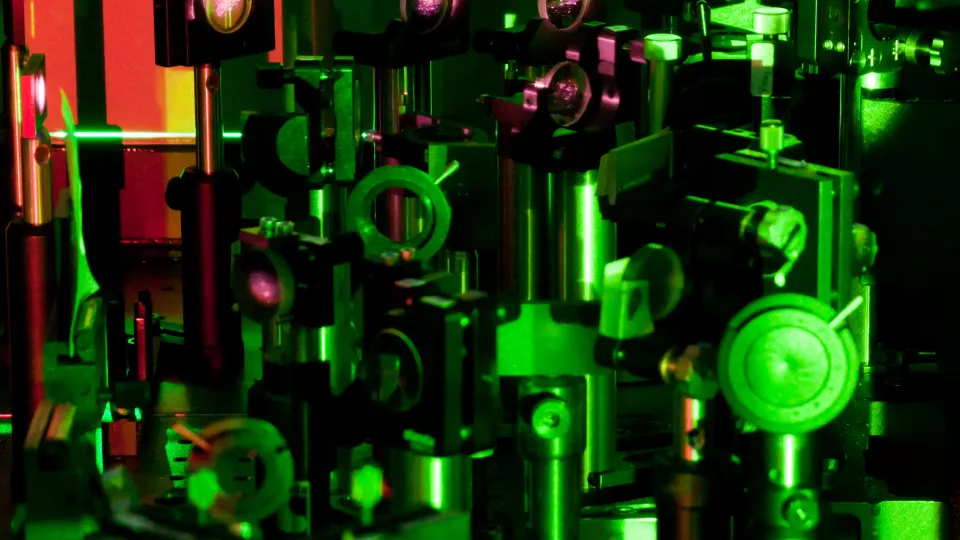The LU research team has previously been able to show that with ultrafast laser spectroscopy, and the help of advanced materials, it would be possible to reduce the levels of greenhouse gases in the atmosphere in the long term. In their latest study in Nature Communications, the team has made new progress when it comes to taking advantage of the light. The study shows a strong interaction between the light and the antenna complexes that can create a ripple effect that in turn can speed up the energy transfer process.
The study has been published in Nature Communications: ”Optical cavity-mediated exciton dynamics in photosynthetic light harvesting 2 complexes”


